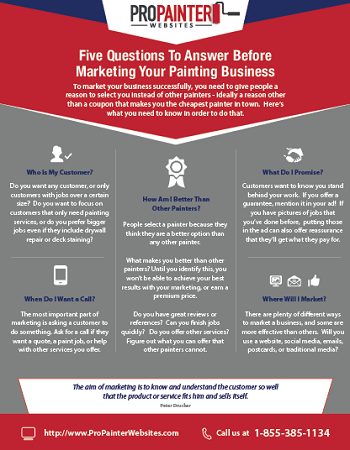When you're budgeting for an industrial paint work, it's simple to overlook specific costs that can slip up on you. just click the following article may think you have actually covered whatever, however hidden expenditures like surface preparation and permits can quickly add up. By determining these possible mistakes at an early stage, you can produce a more accurate spending plan. However what specific aspects should you consider to stay clear of those pricey shocks? Allow's explore how to evaluate your job's scope properly.
Evaluating the Range of Your Job
Before diving into an industrial paint work, it's essential to assess the scope of your task.
Start by establishing the locations that need painting and the complete square video involved. Take into house staining minnetonka of surface areas, whether they're drywall, timber, or metal, as this impacts the materials and labor needed.
Next, examine the condition of these surfaces; any type of repairs or prep job will certainly impact your timeline and budget plan.
Don't fail to remember to account for the type of paint you want, as top quality can differ considerably in price.
Ultimately, think of availability. If certain locations call for special tools or added precaution, you'll need to factor those expenses right into your general budget plan.
Understanding these elements will certainly set you up for success.
Identifying Prospective Hidden Costs
When you have actually assessed the range of your business paint task, it's time to think about the potential concealed expenses that can emerge.
You may forget costs like surface area prep work, which can consist of cleaning, patching, or priming. Weather-related hold-ups can likewise bring about unanticipated costs, so keep an eye on the forecast.
If https://marcoekpuy.jts-blog.com/35298171/from-initial-arrangement-to-last-touches-checking-out-the-behind-the-scenes-of-an-industrial-painting-job has multiple levels or hard-to-reach areas, you may incur additional labor charges. Furthermore, think about the expense of authorizations or assessments that might be needed by local laws.
Lastly, do not forget about the capacity for increased expenses if you require special surfaces or products. By recognizing these possible concealed expenses upfront, you can budget better and avoid shocks down the line.
Developing a Backup Strategy
As you move forward with your business paint work, it's crucial to develop a contingency strategy that resolves unanticipated difficulties.
Beginning by identifying possible risks, like weather condition delays or supply scarcities. Assign a part of your budget plan-- commonly 10-15%-- to cover these unanticipated expenditures.
Next off, established clear timelines and connect them with your group, so every person's on the exact same page. Routinely evaluate your plan and change it as required, especially if situations change.
Ultimately, guarantee you have reputable calls, such as providers and subcontractors, who can assist you browse any type of problems that emerge.
Conclusion
To conclude, budgeting for your industrial paint task needs careful planning and understanding of prospective surprise expenses. By evaluating the range of your task and recognizing locations where costs might occur, you can develop an extra precise spending plan. Always consist of a contingency plan to manage unforeseen issues. Staying adaptable and assessing previous projects will additionally aid you make educated choices. With these pointers, you'll be better prepared to handle your prices and make sure a successful end result.
